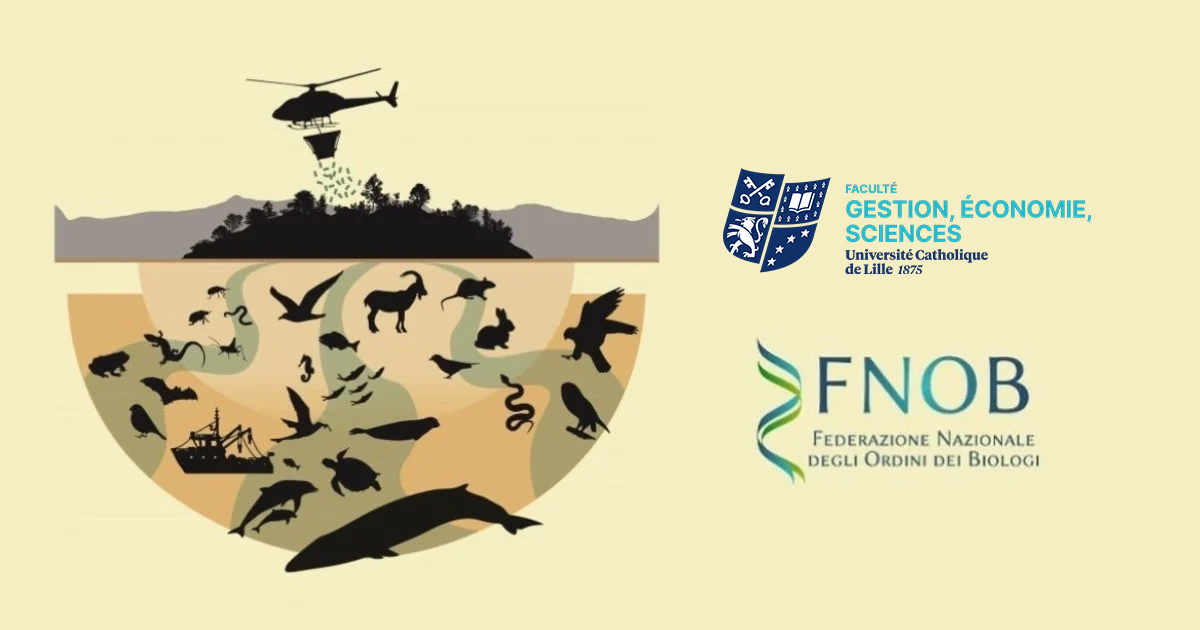Conservation Biology, Management of Natural Resources, and Protected Areas Policies
A special issue of Conservation (ISSN 2673-7159).
Deadline for manuscript submissions: 30 April 2026 | Viewed by 50030

Special Issue Editors
Interests: plant biology; ecological, biological and chemical traits; vegetation; ecosystems analysis and dynamics; conservation; restoration ecology; land and natural resources management; traditional uses and new applications
Special Issues, Collections and Topics in MDPI journals
2. International Union for Conservation of Nature and Natural Resources Species Survival Commission, 1196 Gland, Switzerland
Interests: island biodiversity
Special Issues, Collections and Topics in MDPI journals
Interests: ecology; conservation biology; agroecology; biodiversity
Special Issue Information
Dear Colleagues,
The philosophy that led to the development of this Special Issue of Conservation is based on the growing body of knowledge and practice common to various practitioners and scientists dealing with conservation biology, the management of natural resources, and protected area policies. This SI aims to rework and improve ideas, actions, and policies about biodiversity conservation and land management in light of a continuously evolving corpus scientific knowledge in a way that enables humanity to face global changes, climate changes, and natural ecosystems loss, and to counteract biodiversity concerns stemming from human impact.
We also refer to the concept of ‘allochthonous’, ‘exotic’, ‘alien species’ and the articulation of the ‘para-autochthonous’ concept, with all the consequent possible management concepts.
It is known that certain non-native species can create problems, just as other non-native species are known for their advantages. Consequently, considering any non-native species as invasive can sometimes be an exaggeration. The consequences of this assumption, if applied to land management and biodiversity, can be very costly, harmful, and they can even surpass the deleterious effects that can be caused by non-native species.
Then, there is the problem of ‘unpleasant’ species that are often considered as negative or as alien even when they are not. On the contrary, we can observe other species that are often considered as native, even if they are not, because they are ‘pleasant’. The problem here is subjectivity: something that can be unpleasant for one observer, it can be pleasant to others, and vice-versa.
Non-native species must be viewed with a broader look, considering much more variables, with greater curiosity, with more thoughtful positions, with greater objectivity, and in a more rigorous manner. They should be contextualized case-by-case, avoiding concerning generalizations and vilifying them: looking for more efficient, durable, sustainable, serene and balanced solutions.
Reforestations should also be actively conserved, such as cultural ecosystems or as semi-natural environmental areas with ecological, landscape and cultural interest. Practices of conservation should supplant destructive ways of thinking about those plant formations. At the same time, even planting trees should not always be considered as something positive, but rather depends on the context, how it is performed and where. Just as much attention must be paid to the management of introduced species, and to the reintroduction of species.
For this reason, in Italy in Rome, on 22 May 2023, the Italian National Federation of Biologist Orders, organized a conference about the management of the Italian natural heritage during last decades. The conference was dedicated to Rachel Carson, who wrote the book "Silent Spring", pushing us to reflect on the impact of chemicals on agriculture, our development, environment problems, and the way of managing our territory.
This remains a severe problem, and it defies belief how today pesticides, herbicides and other poisons are increasingly proposed as being suitable for use in the management of natural areas. This, together with other intensive or expensive practices, could cause strong negative impacts.
In this Special Issue, we aim to collect contributions from this conference and also invite submissions from other contexts. This is carried out in order to widen the discussion on this subject, analyse different points of view with the aim of understanding weak points and the advantage of the actual ecosystem management strategies, environment policies, and to elaborate more sustainable and durable actions, pursuing reasoned approaches.
The guest editors would like to warmly thank the following expertise advisors of this Special Issue:
Prof. Dr. Rosario Fico (Società Italiana di Scienze Forensi Veterinarie)
Dr. Giuliano Russini (Federation of National Orders of Biologists)
Dr. Giorgio Boscagli (Wildlife biologist, former surveillance inspector of the Parco Nazionale d'Abruzzo, former director of the Parco Naturale Regionale del Sirente-Velino, and former director of Parco Nazionale delle Foreste Casentinesi)
Prof. Dr. Paolo Pupillo, Emeritus professor, University of Bologna (Plant physiologist and Conservationist)
Prof. Dr. Franco Pedrotti, Emeritus professor, University of Camerino (Botanist and Ecologist)
Their professionalism and support are much appreciated.
We hope to light a small spark that can stimulate other colleagues to share these concerns, contributing to the development of the science and improving biodiversity conservation and ecosystem management practices, together with the wellness of our society.
Dr. Kevin Cianfaglione
Guest Editor
Prof. Dr. Marco Masseti
Dr. Florian Kletty
Prof. Dr. Bartolomeo Schirone
Co-Guest Editors
Manuscript Submission Information
Manuscripts should be submitted online at www.mdpi.com by registering and logging in to this website. Once you are registered, click here to go to the submission form. Manuscripts can be submitted until the deadline. All submissions that pass pre-check are peer-reviewed. Accepted papers will be published continuously in the journal (as soon as accepted) and will be listed together on the special issue website. Research articles, review articles as well as short communications are invited. For planned papers, a title and short abstract (about 250 words) can be sent to the Editorial Office for assessment.
Submitted manuscripts should not have been published previously, nor be under consideration for publication elsewhere (except conference proceedings papers). All manuscripts are thoroughly refereed through a single-blind peer-review process. A guide for authors and other relevant information for submission of manuscripts is available on the Instructions for Authors page. Conservation is an international peer-reviewed open access quarterly journal published by MDPI.
Please visit the Instructions for Authors page before submitting a manuscript. The Article Processing Charge (APC) for publication in this open access journal is 1200 CHF (Swiss Francs). Submitted papers should be well formatted and use good English. Authors may use MDPI's English editing service prior to publication or during author revisions.
Keywords
- invasive species
- biodiversity conservation
- conservation biology
- management of natural resources
- protected areas policies
- ecosystem management
- cultural ecosystems
- semi-natural environment
- non-native species
Benefits of Publishing in a Special Issue
- Ease of navigation: Grouping papers by topic helps scholars navigate broad scope journals more efficiently.
- Greater discoverability: Special Issues support the reach and impact of scientific research. Articles in Special Issues are more discoverable and cited more frequently.
- Expansion of research network: Special Issues facilitate connections among authors, fostering scientific collaborations.
- External promotion: Articles in Special Issues are often promoted through the journal's social media, increasing their visibility.
- Reprint: MDPI Books provides the opportunity to republish successful Special Issues in book format, both online and in print.
Further information on MDPI's Special Issue policies can be found here.








